
The Productivity Killer: How Non-Ergonomic Chairs Affect Your Work
Table of Contents
- What is a Non-Ergonomic Chair?
- Health Risks Associated with Non-Ergonomic Chairs
- The Benefits of Upgrading to an Ergonomic Chair
- FAQs
- What is the difference between ergonomic and non-ergonomic chair?
- How can I choose the right ergonomic chair for my needs?
- Can I use an ergonomic chair with a recliner desk setup?
- Are there any specific recommendations for people with back pain?
- Can I use an ergonomic chair with a standing desk?
- Are there any specific recommendations for short people?
- Are there any specific recommendations for people with ADHD?
- Can I use an ergonomic chair with a footrest?
- Conclusion
As we spend more time sitting at our desks, it's becoming increasingly clear that the chairs we use can have a significant impact on our productivity. While it may seem like a minor issue, the type of chair we use can affect our comfort, focus, and overall work performance. In this article, we'll explore the differences between ergonomic and non-ergonomic chairs, and why investing in a high-quality ergonomic chair can be a game-changer for your work.
What is a Non-Ergonomic Chair?
A non-ergonomic chair is a standard chair that lacks features designed to support the natural curves and movements of the human body. These chairs typically do not offer adjustable seat height, lumbar support, or armrests, and often lack cushioning in areas that need the most support, such as the lower back and thighs.
While they may seem functional for a quick sit, they aren't designed for extended periods of use, which can lead to discomfort, fatigue, and even serious health issues over time. Unlike ergonomic chairs, which are designed to fit and adjust to your body’s needs, non-ergonomic chairs are often generic and one-size-fits-all, ignoring individual ergonomic requirements.
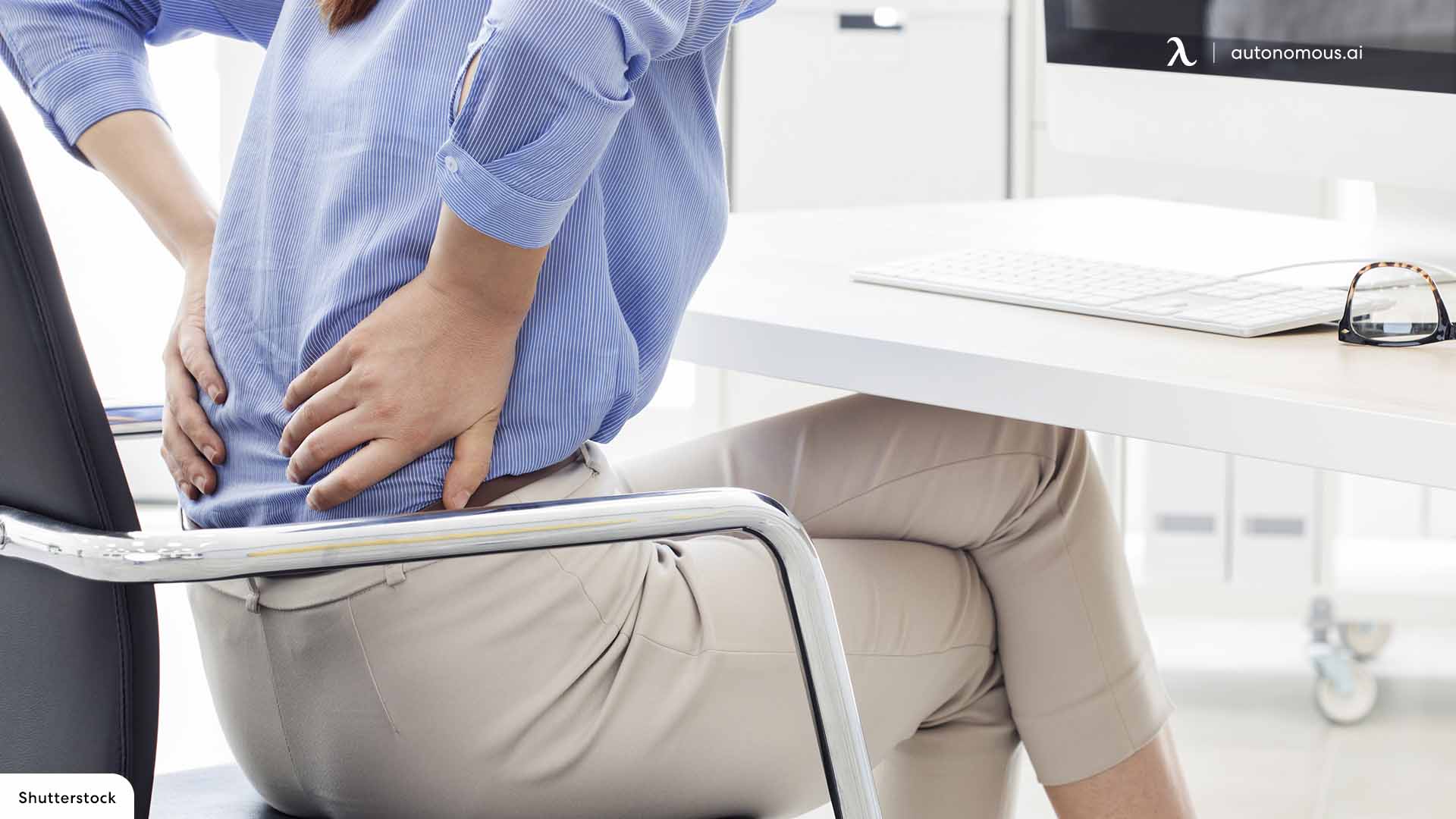
Health Risks Associated with Non-Ergonomic Chairs
1. Back and Neck Pain
One of the most common problems resulting from the use of non-ergonomic chairs is chronic back and neck pain. Non-ergonomic chairs typically lack proper lumbar support, meaning that your spine is not adequately supported during long periods of sitting. This can cause you to slouch or hunch forward, putting pressure on the lower back and neck.
Over time, poor posture can lead to herniated discs, muscle strain, and cervical spine issues, which may require medical intervention. People who sit in non-ergonomic chairs for prolonged periods often report increased stiffness and soreness, particularly in the lower back and shoulders.
2. Poor Circulation
Sitting in a poorly designed chair can also impair blood flow, especially to your legs and feet. Without proper cushioning or the ability to adjust seat height, non-ergonomic chairs can cut off circulation to your lower extremities. This can lead to swelling while sitting, numbness, and even more severe conditions like deep vein thrombosis (DVT) if you sit in these chairs for extended periods.
An ergonomic chair with adjustable seat height, on the other hand, ensures that your legs are at a comfortable angle, allowing for proper blood flow and minimizing the risk of circulatory problems.
3. Joint and Muscle Strain
Non-ergonomic chairs tend to encourage poor posture, which leads to joint and muscle strain. If your chair doesn't support your body’s natural alignment, you may feel tension in your shoulders, arms, hips, and legs. This strain accumulates over time, leading to long-term pain and discomfort in the joints.
Ergonomic chairs are designed with adjustable armrests, reclining features, and lumbar support, ensuring that your body is aligned correctly, which reduces muscle and joint strain. Non-ergonomic chairs, however, can exacerbate these issues by promoting improper posture and movement.
4. Long-term Health Consequences
While the short-term effects of non-ergonomic chairs, such as discomfort and soreness, are inconvenient, the long-term effects can be far more severe. Prolonged use of non-ergonomic seating can lead to chronic pain, musculoskeletal disorders, and even nerve damage.
Years of sitting in a non-ergonomic chair can cause permanent damage to your posture. Slouching in chair and improper spinal alignment can lead to kyphosis (rounded upper back) and lordosis (exaggerated inward curve of the lower back). These conditions can be difficult to reverse and may require physical therapy or medical intervention.
For individuals who work at a desk for most of the day, non-ergonomic chairs increase the risk of workplace injuries such as carpal tunnel syndrome, tendonitis, and repetitive strain injuries. These conditions can severely affect your ability to work and require long-term treatment. Proper workstation ergonomics for carpal tunnel syndrome can help prevent these injuries by promoting a healthier setup and minimizing strain on your wrists and hands.

The Benefits of Upgrading to an Ergonomic Chair
Investing in an ergonomic chair can significantly improve your health, comfort, and productivity. Here are some key benefits:
Ergonomic chairs are designed to promote proper spinal alignment. They provide adjustable lumbar support to maintain the natural curve of your lower back and encourage good posture, preventing the slouching and computer hunching associated with non-ergonomic chairs.
Ergonomic chairs allow you to adjust key elements like seat height, armrests, and back tilt. This customization ensures that your chair fits your body perfectly, reducing the risk of discomfort or strain. Adjustable features help accommodate a variety of body types, providing a more personalized and comfortable seating experience.
With the enhanced comfort provided by an ergonomic chair, you can work for longer periods without distraction. Reduced pain and discomfort translate to better focus, higher energy levels, and increased productivity, allowing you to complete tasks more efficiently.
The ErgoChair Pro and ErgoChair Ultra 2 are two high-quality, ergonomic chair options that can provide comfort, support, and promote good posture.
The ErgoChair Pro is designed to accommodate every human on earth, with 9 adjustable points that support all three primary sitting modes and ensuring comfort all day. The chair's tilting mechanism allows for a smooth, comfortable motion, while the ventilation system keeps you cool and dry. The lumbar support is adjustable, allowing you to customize the fit to your body.
Sitting in the ErgoChair Pro is like experiencing a new level of comfort and support. The chair cradles your body, providing a sense of security and stability. The adjustable armrests and headrest allow you to customize the fit to your body, ensuring that you're always comfortable and supported. Whether you're working, gaming, or just relaxing, the ErgoChair Pro is the perfect office chair with headrest.
/https://storage.googleapis.com/s3-autonomous-upgrade-3/production/ecm/240715/1(1).jpg)
Autonomous Chair Ergo
| Dimensions | 29”L x 29”W x 46” - 50”H |
|---|---|
| Seat dimensions | 20”L x 20”W |
| Seat height | 18” - 20” |
| Back dimensions (w/o headrest) | 21”W x 22”H |
| Back dimensions (with headrest) | 21”W x 28” - 31”H |
| Tilt range | 22° |
| Armrest height | 11” - 14” |
| Armrest height (from the floor) | 26.7” - 32.2” |
| Caster wheel diameter | 2.36 inches |
| Number of caster wheels | 5 pieces |
| Materials | Polyester fabric with molded foam interior and durable nylon plastic frame; PU handrest pads. |
| Colors | Cool Gray, Evergreen, All Black Red Apple, Black & White, Baby Blue |
| Weight capacity | 300 lbs |
| Item weight | 48.5 lbs |
| Shipping dimensions | 29”L x 27”W x 19”H x 67 lbs |
| Assembly required | Yes |
| Warranty | 2 years |
| Free returns | 30 days The trial and return policy does NOT apply to products on sale. |
| Adjustability | Headrest, armrest, back tilt angle and tension, seat tilt and height. |
| Pros | Cons |
| 9 adjustable points, including headrest, armrests, and seat height, ensure personalized comfort. | Assembly required: May be challenging for some users. |
| Synchro-tilt mechanism: Reclines at a 2-to-1 ratio for balanced lower back and leg support. | Weighs 48.5 lbs, making it harder to move. |
| Breathable mesh: Prevents overheating, keeping you cool and focused. | |
| Flexible lumbar cushion: Adapts to your spine's curve, reducing pain and stiffness. | |
| Available in multiple stylish colors. | |
| Supports up to 300 lbs with a durable nylon plastic frame. |
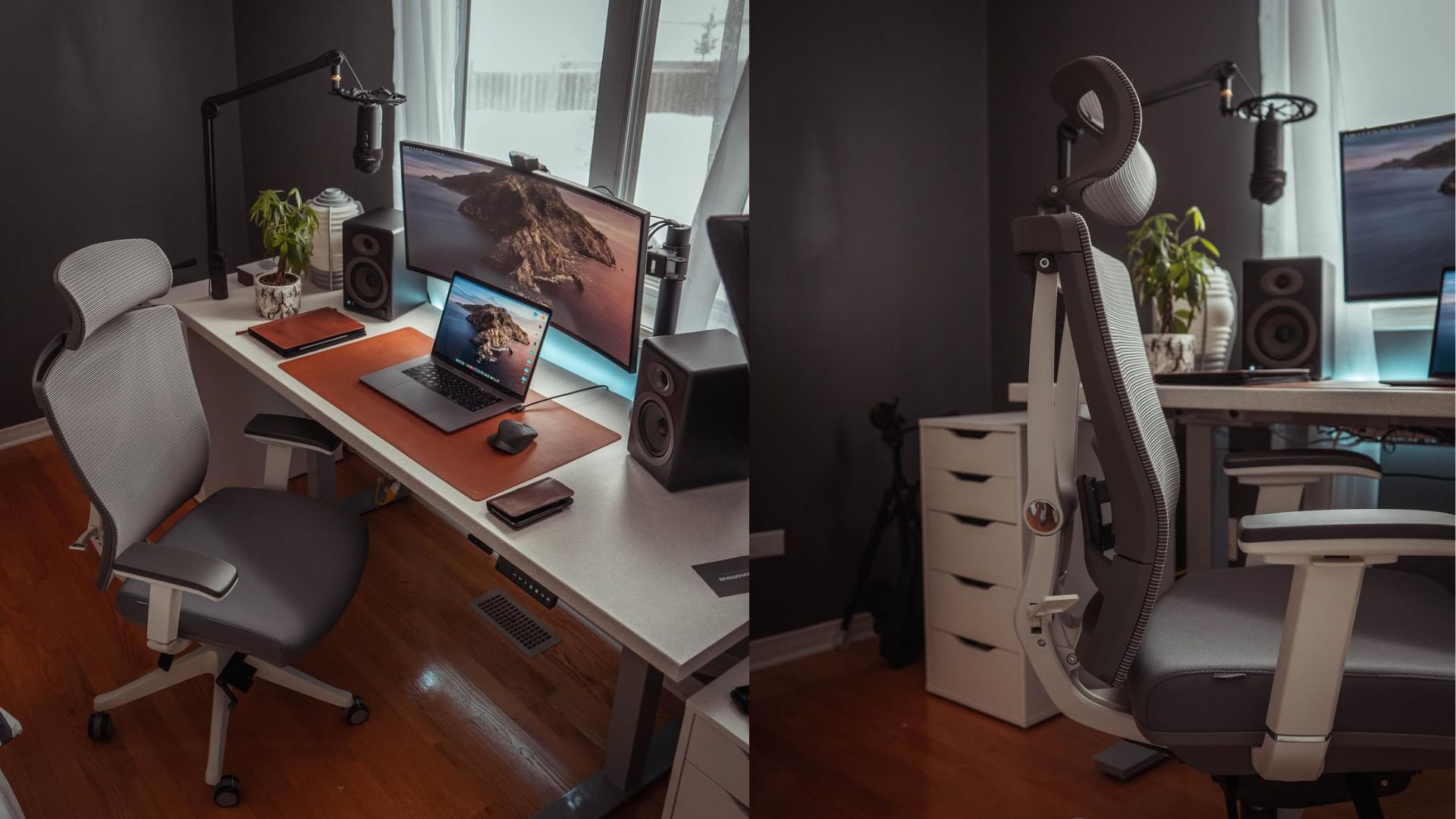
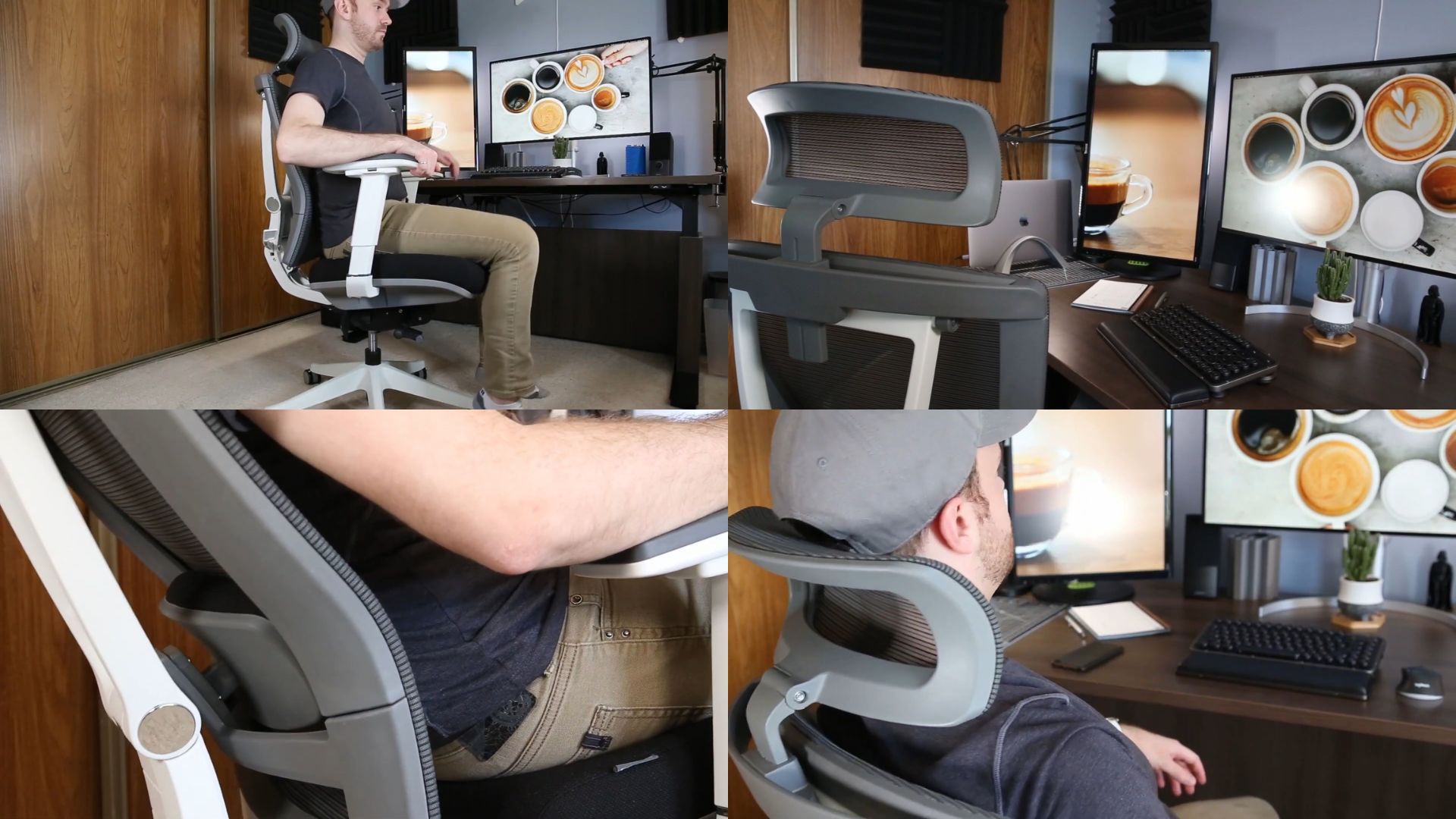
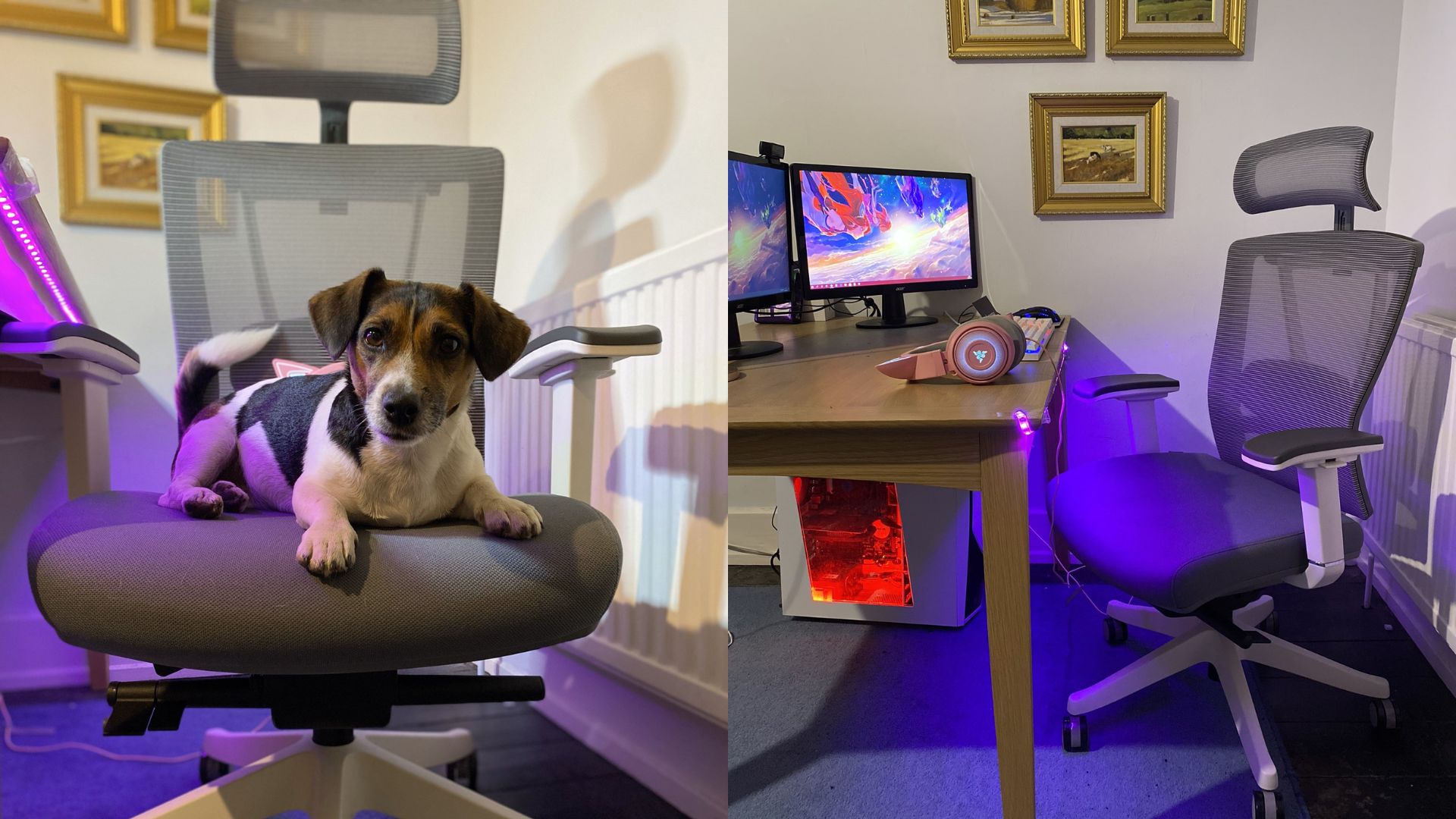
The ErgoChair Ultra 2 is another high-quality option that features a modern design and advanced ergonomic features. The chair's adjustable headrest, armrest, back tilt angle, and seat height allow you to customize the fit to your body. The breathable mesh material keeps you cool and dry, while the 2-year warranty provides peace of mind.
Sitting in the ErgoChair Ultra 2 is like experiencing a cloud-like comfort. The chair's advanced ergonomic features provide support and comfort, while the adjustable features allow you to customize the fit to your body. The chair's modern design and sleek look make it a perfect addition to any home or office. Whether you're working, gaming, or just relaxing, the ErgoChair Ultra 2 is the perfect desk chair for posture.
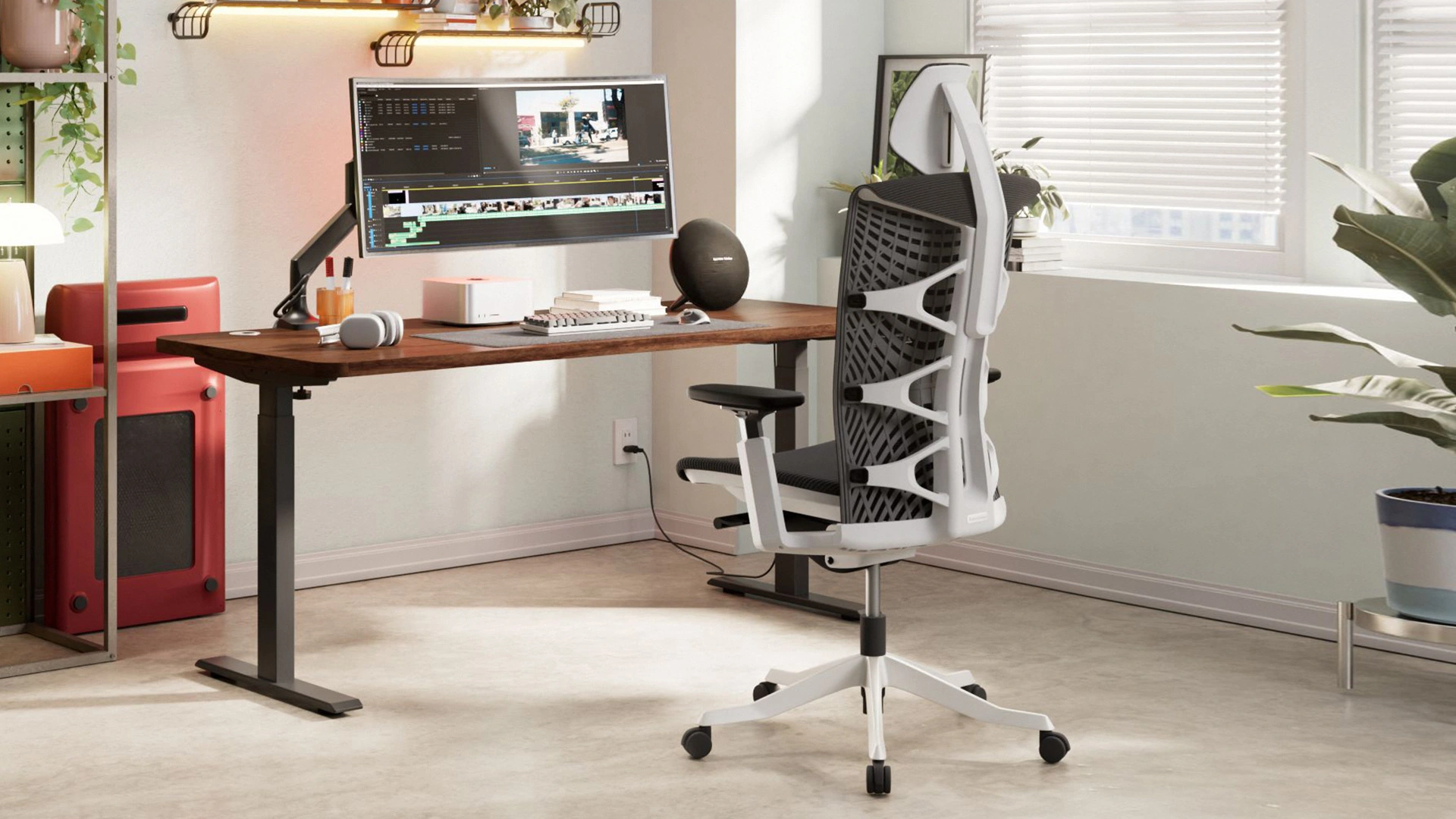
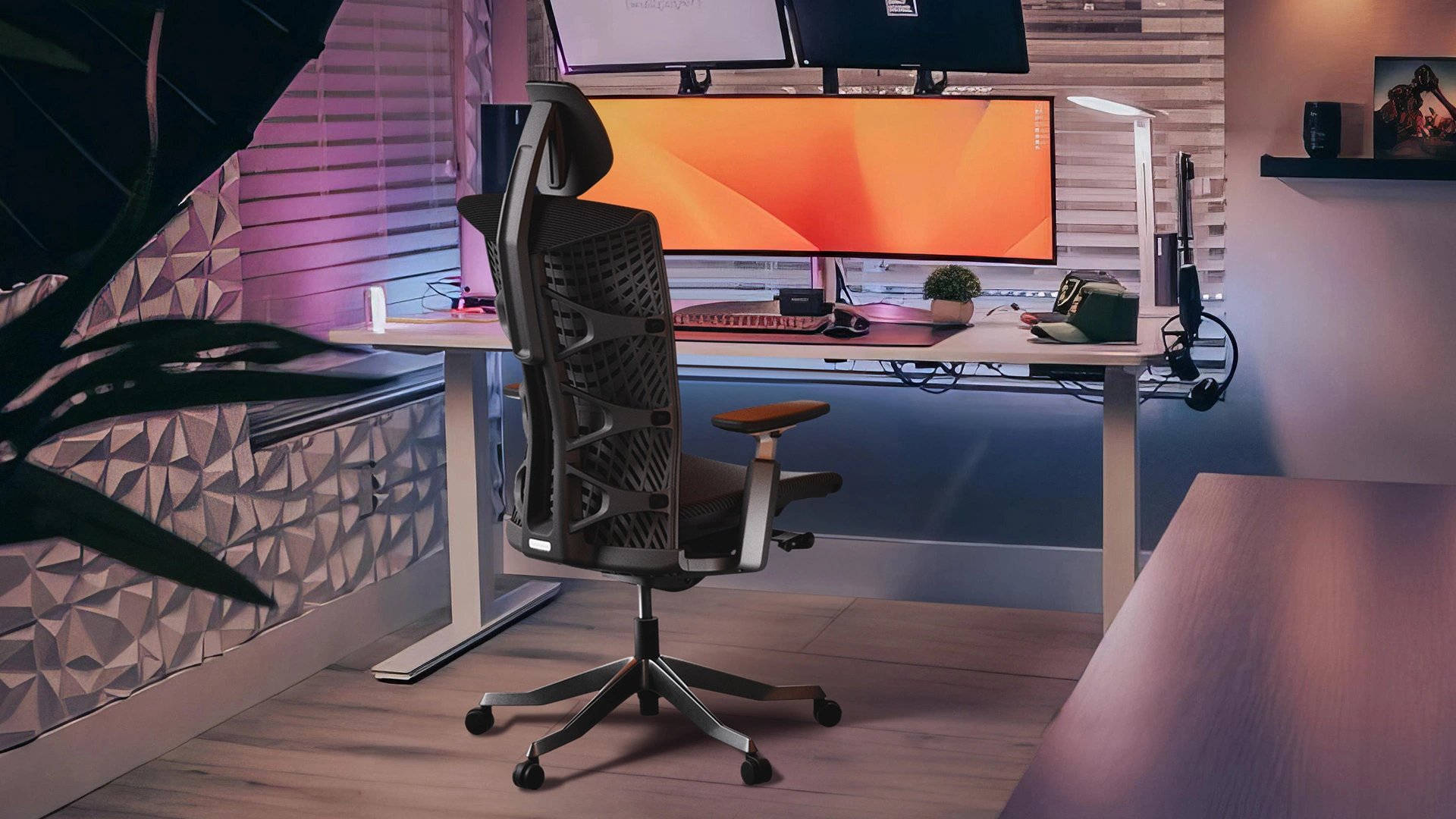
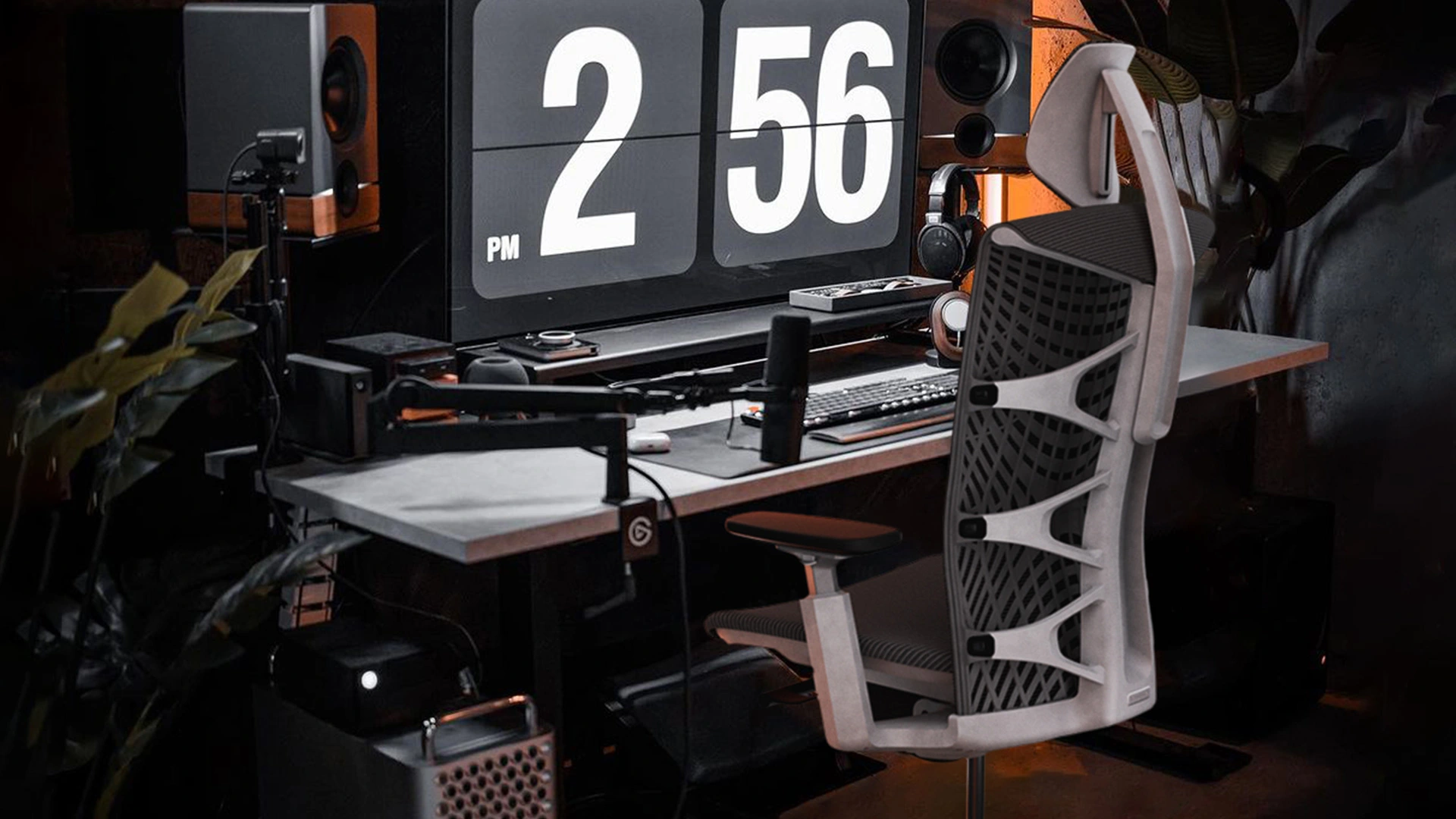
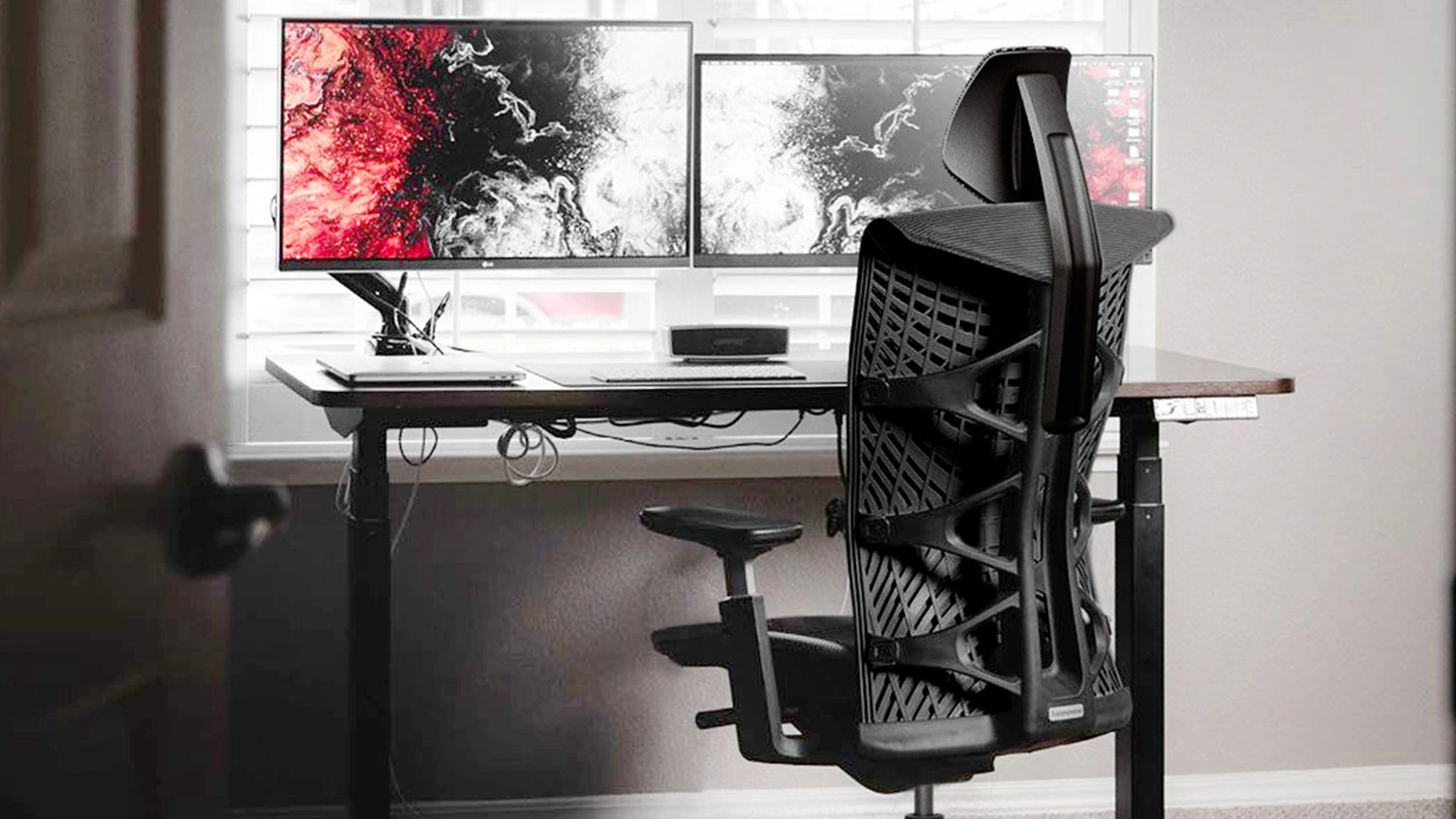
FAQs
What is the difference between ergonomic and non-ergonomic chair?
An ergonomic chair is designed to support the natural curves of the body, providing comfort and reducing the risk of injury. A non-ergonomic chair is designed without consideration for the human body, often featuring rigid frames, lack of adjustability, and poor lumbar support.
The main difference between an ergonomic chair and a non-ergonomic chair is the level of support and adjustability. Ergonomic chairs are designed to provide optimal support and comfort, while non-ergonomic chairs are designed to be functional, but not necessarily comfortable.
How can I choose the right ergonomic chair for my needs?
Choosing the right ergonomic chair depends on your body type, work style, and preferences. Look for chairs with adjustable features like seat height and armrest height to fit your body. Lumbar support and breathable materials can also reduce discomfort and fatigue.
Can I use an ergonomic chair with a recliner desk setup?
Yes, a recliner desk setup can be a great way to create a comfortable and ergonomic workspace. Reclining the chair and adjusting the desk height helps reduce strain on your back and neck, improving overall comfort and productivity.
Are there any specific recommendations for people with back pain?
Yes, there are several ergonomic chairs for back pain. Look for chairs with lumbar support and adjustable features that allow you to customize the fit to your body.
Can I use an ergonomic chair with a standing desk?
Yes, an ergonomic chair pairs well with a standing desk. Alternating between sitting and standing with an adjustable desk reduces strain on your back and neck, boosting comfort and productivity.
Are there any specific recommendations for short people?
Yes, there are several ergonomic chair options that are designed for short people. Choosing the right office chair for short people can be challenging, looking for chairs with adjustable features, you can find a chair that meets your needs. Adjustable features, such as seat height and armrest height, can help you customize the chair to your body, reducing discomfort and fatigue.
Are there any specific recommendations for people with ADHD?
Choosing the right ADHD chair can be challenging. Ergonomic chairs for people with ADHD often feature adjustable components that help provide comfort and focus, allowing a personalized fit to reduce strain.
Can I use an ergonomic chair with a footrest?
Using a footrest with an ergonomic chair can enhance comfort by reducing strain on your back and neck. Elevating your feet and adjusting the chair height promotes better posture and increased productivity. A well-designed office chair with a footrest can provide these benefits, offering a more ergonomic seating experience
Conclusion
Non-ergonomic chairs can significantly affect productivity and overall health. Investing in a high-quality ergonomic chair improves comfort, reduces fatigue, and promotes good posture. When selecting an ergonomic chair, consider your body type, work style, and personal preferences. Look for adjustable features, lumbar support, and breathable materials that ensure long-lasting comfort. Options like an adaptive chair can be helpful for specific needs, while an office chair for long hours is designed for extended periods of use. For a stylish and functional choice, a modern office chair offers both comfort and aesthetic appeal.
Get exclusive rewards
for your first Autonomous blog subscription.
Spread the word
You May Also Like

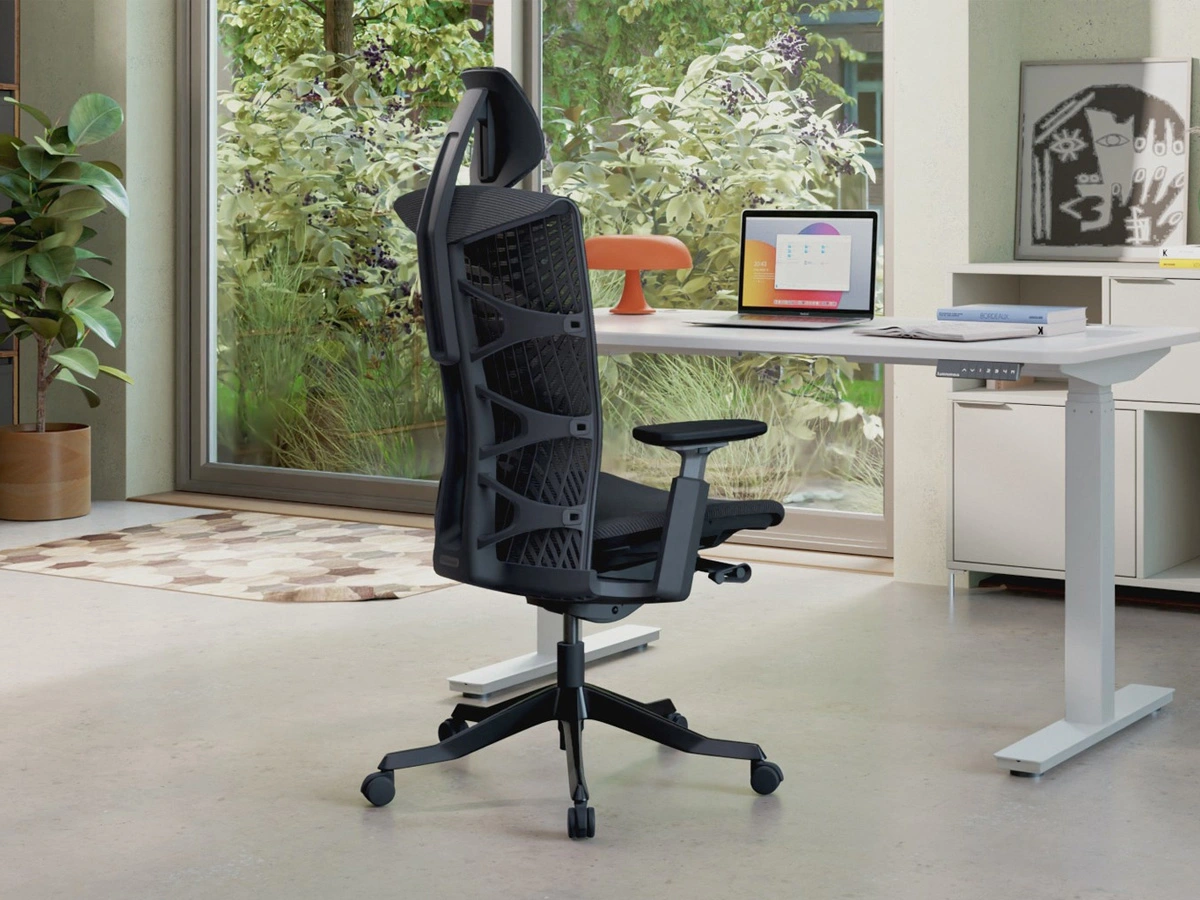




-7512dd9e-3510-42ed-92df-b8d735ea14ce.svg)


